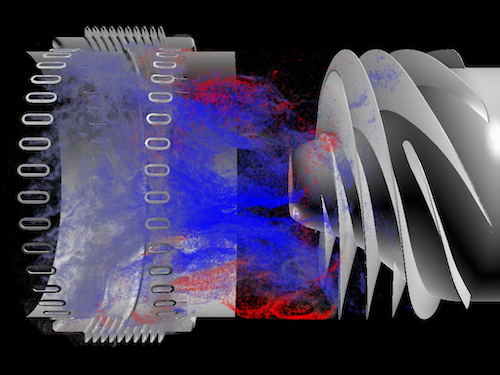2020
Runner-Up: Astrobee Robot and Ground Software
Next-generation operating software for International Space Station (ISS) free-flying robots that provides a flexible platform for research on zero-gravity free-flying robotics, supports guest science software, and performs ISS utility tasks.
More on Astrobee about Runner-Up: Astrobee Robot and Ground Software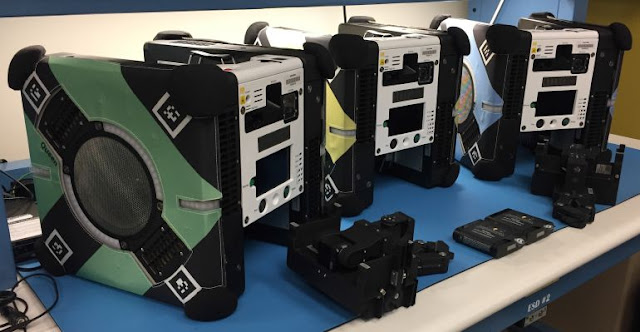
2019
Unmanned Aircraft Systems (UAS) Traffic Management Services (UTM) Software
Technology enabling civil UAS operations in low-altitude airspace.
More on UTM about Unmanned Aircraft Systems (UAS) Traffic Management Services (UTM) Software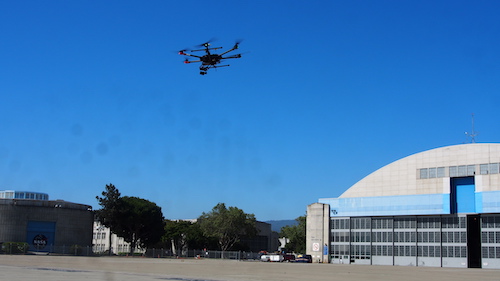
2018
Runner-Up: Task Load Index (TLX) for iOS (First Runner -Up) and FLC Far West Regional Award (Winner)
A state-of-the-art solution for the measurement and assessment of operator workload.
More on TLX about Runner-Up: Task Load Index (TLX) for iOS (First Runner -Up) and FLC Far West Regional Award (Winner)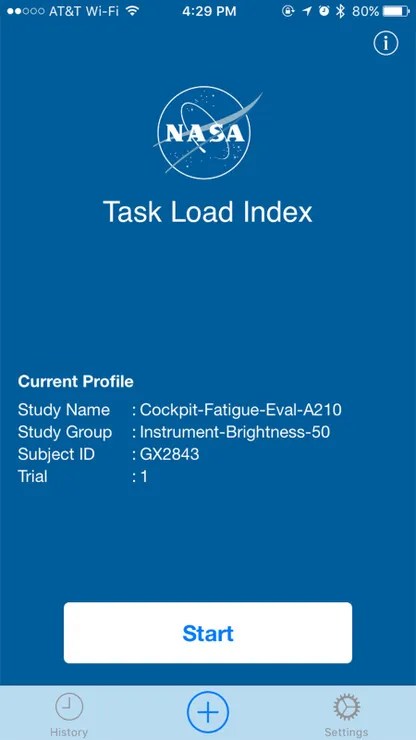
2017
Terminal Sequencing and Spacing (TSAS) Software for Air Traffic Control
Advanced, real-time, air traffic decision support software that improves the efficiency of our nation’s air transportation system in busy terminal airspace.
More on TSAS about Terminal Sequencing and Spacing (TSAS) Software for Air Traffic Control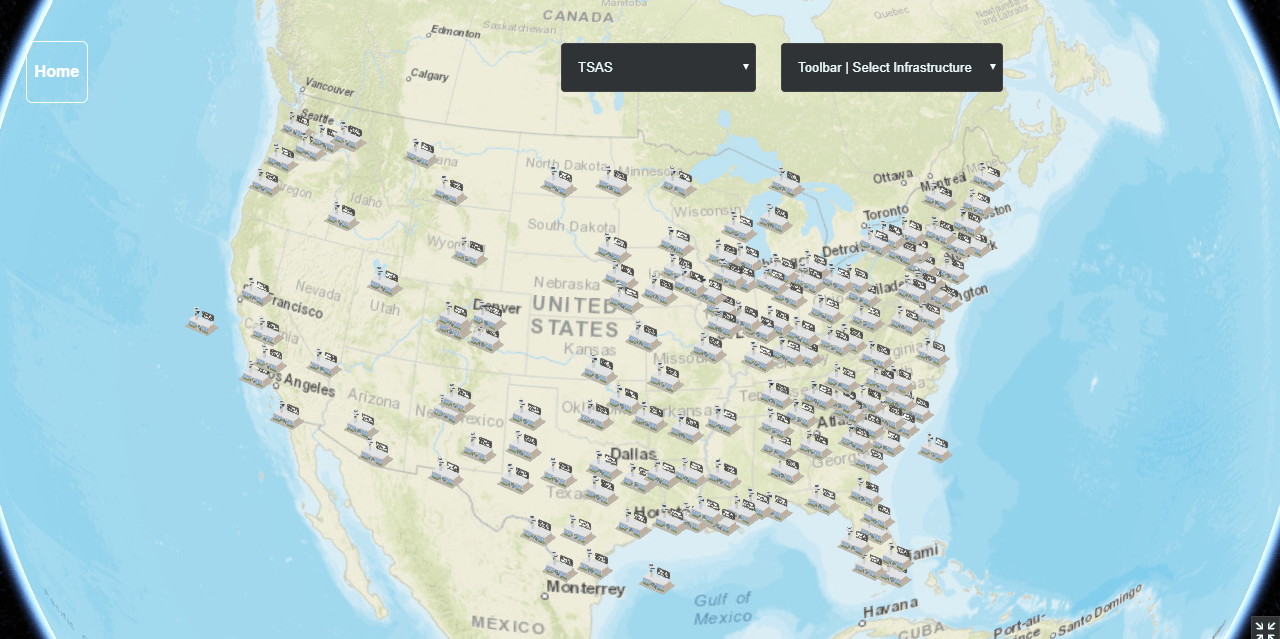
2016
Pegasus 5
A software tool that provides automated integration of overset computational fluid dynamics (CFD) grids, enabling NASA to rely on overset CFD analysis as a primary data source for building aerodynamic databases for aerospace programs including the Space Shuttle, Space Launch System, Orion, and high-lift aerodynamics applications.
More on Pegasus about Pegasus 5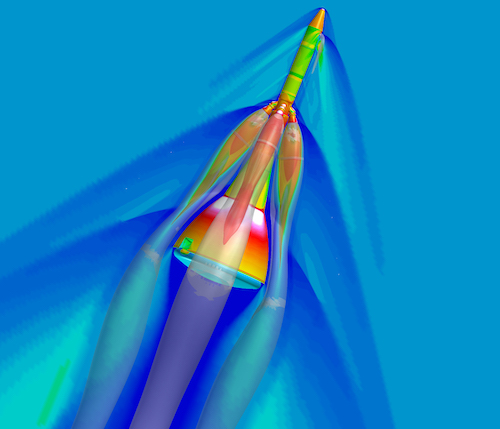
2015
Nonequilibrium Air Radiation (NEQAIR)
Estimates radiative heat flux at a body point by calculating emission and absorption of radiation along a body-normal line and integrating over all possible lines of sight to that point.
More on NEQAIR about Nonequilibrium Air Radiation (NEQAIR)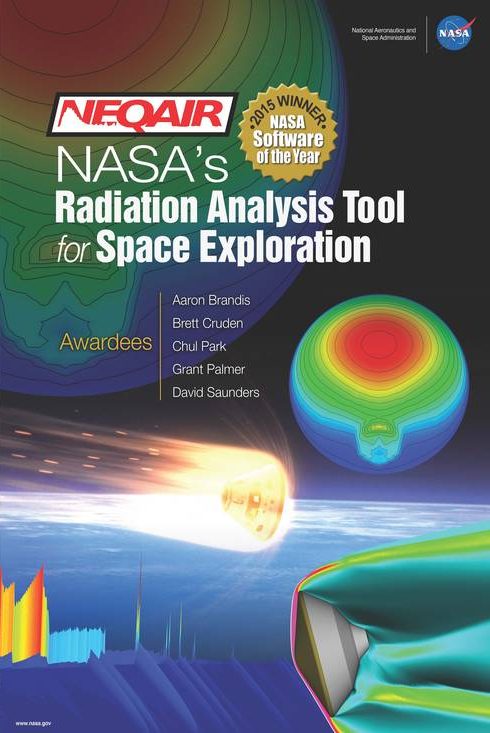
2015
Honorable Mention: Neo-Geography Toolkit (NGT)
Cartography and planetary mapping software.
More on NGT about Honorable Mention: Neo-Geography Toolkit (NGT)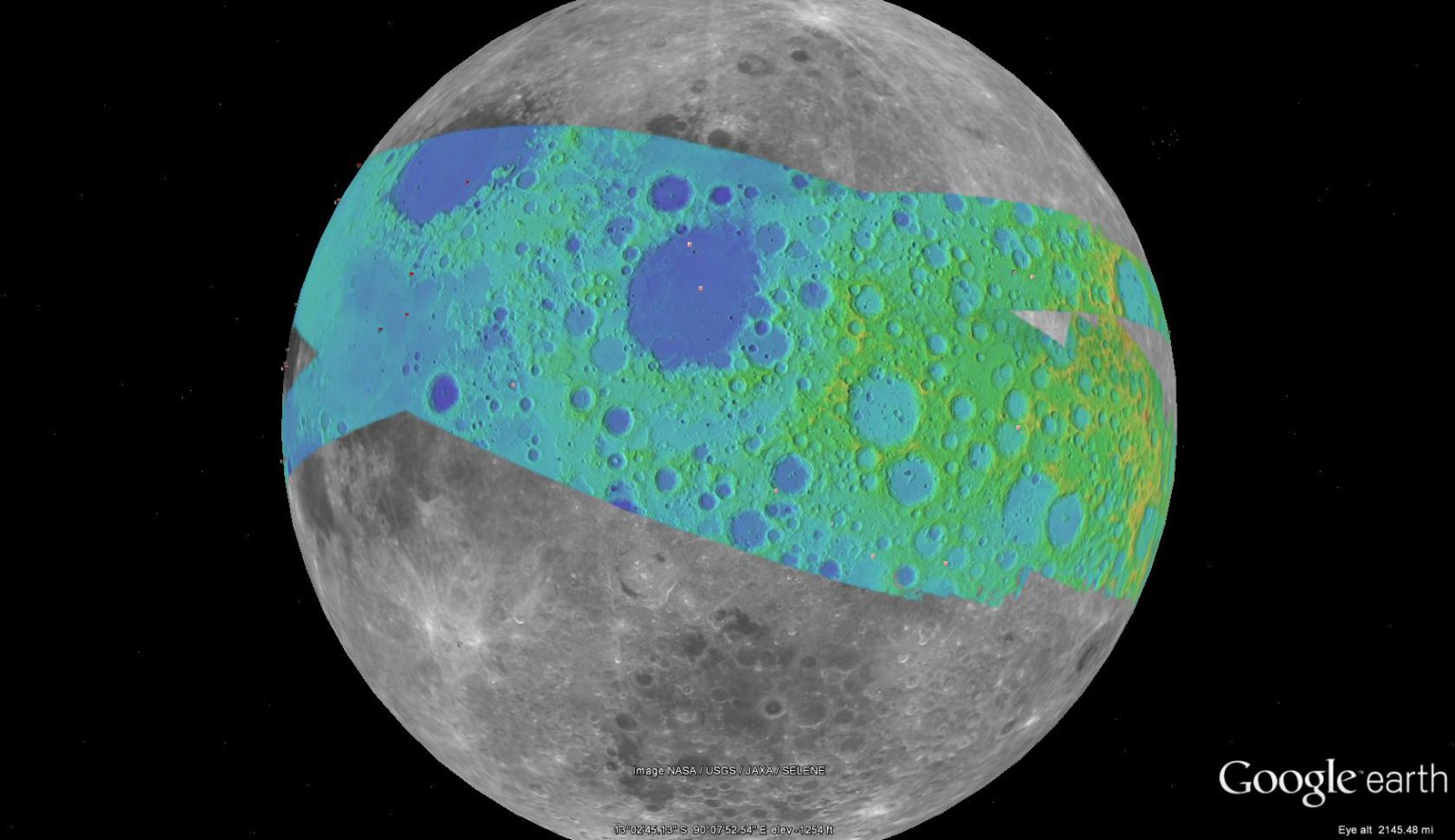
2011
Honorable Mention: Scheduling, Training Administration, and Records (STAR) System
Next-generation training management system for crew, instructors, and flight controllers.
Learn More about Honorable Mention: Scheduling, Training Administration, and Records (STAR) System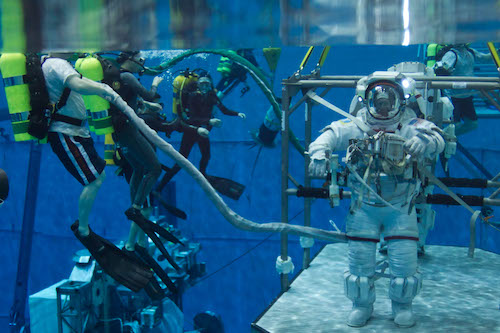
2008
Runner-Up: Inductive Monitoring System (IMS)
Systems health monitoring through examination of archived or simulated nominal sensor data using techniques and concepts from the fields of model-based reasoning, machine learning, and data mining.
More on IMS about Runner-Up: Inductive Monitoring System (IMS)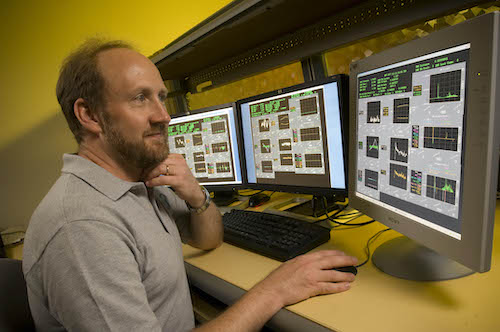
2007
Data Parallel Line Relaxation Code (DPLR)
A computational fluid dynamic (CFD) solver that helps mission support teams generate high-value predictive solutions for hypersonic flow field problems.
More on DPLR about Data Parallel Line Relaxation Code (DPLR)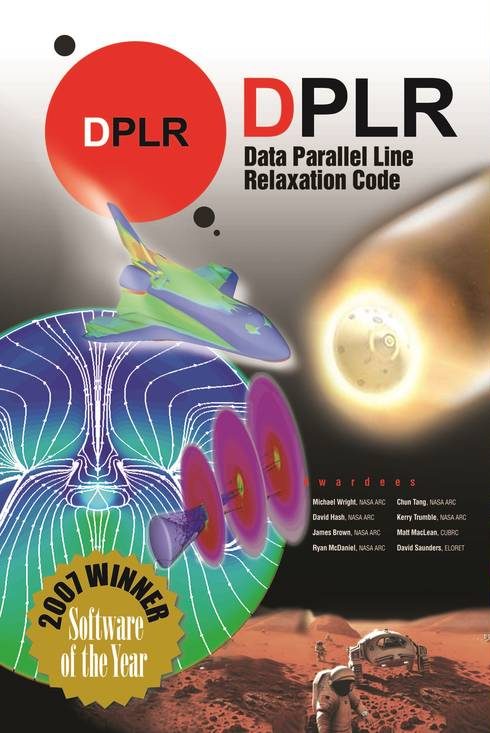
2003
Honorable Mention: Semantic Organizer
Customizable tool for semantics-based information integration, access, management, and analysis across distributed investigative work teams.
More on Semantic Organizer about Honorable Mention: Semantic Organizer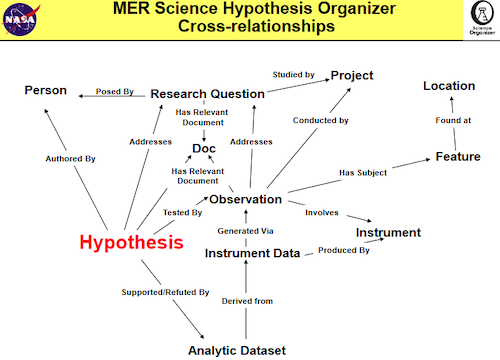
2002
Cart3D
A computational fluid dynamics (CFD) software package that streamlines the conceptual and preliminary analysis of new and existing aerospace vehicles, including NASA’s X-59 Quiet SuperSonic Technology X-plane. By extensively automating grid generation, Cart3D enables even the most complex geometries to be modeled 100 times faster than before.
More on Cart3D about Cart3D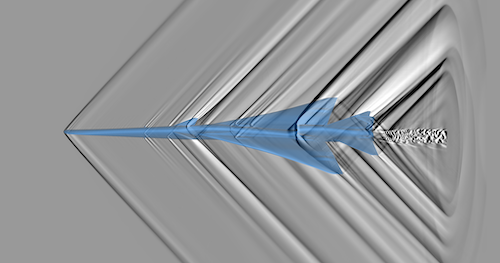
2000
Runner-Up: Surface Movement Advisor (SMA)
Automated system to improve coordination and planning of airport ground traffic operation.
More on SMA about Runner-Up: Surface Movement Advisor (SMA)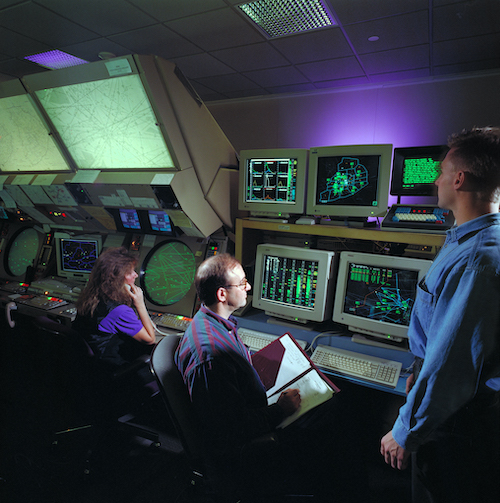
1999
Remote Agent
Planning, scheduling, and execution agent that was the first artificial intelligence system to operate a spacecraft. Cited by AAAI as “one of the top achievements in the history of AI”.
More on Remote Agent about Remote Agent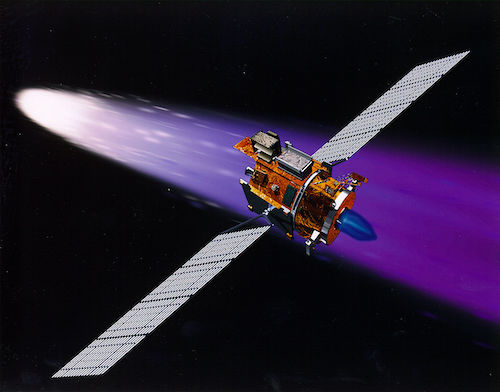
1995
Flow Analysis Software Toolkit (FAST)
A software environment for analyzing data from numerical simulations.
More on FAST about Flow Analysis Software Toolkit (FAST)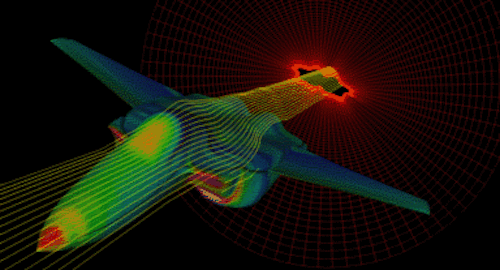
1994
Incompressible Navier-Stokes CFD Solver (INS3D)
The INS3D code solves the incompressible Navier-Stokes equations in three-dimensional generalized coordinates for both steady-state and time varying flow calculations.
More on INS3D about Incompressible Navier-Stokes CFD Solver (INS3D)